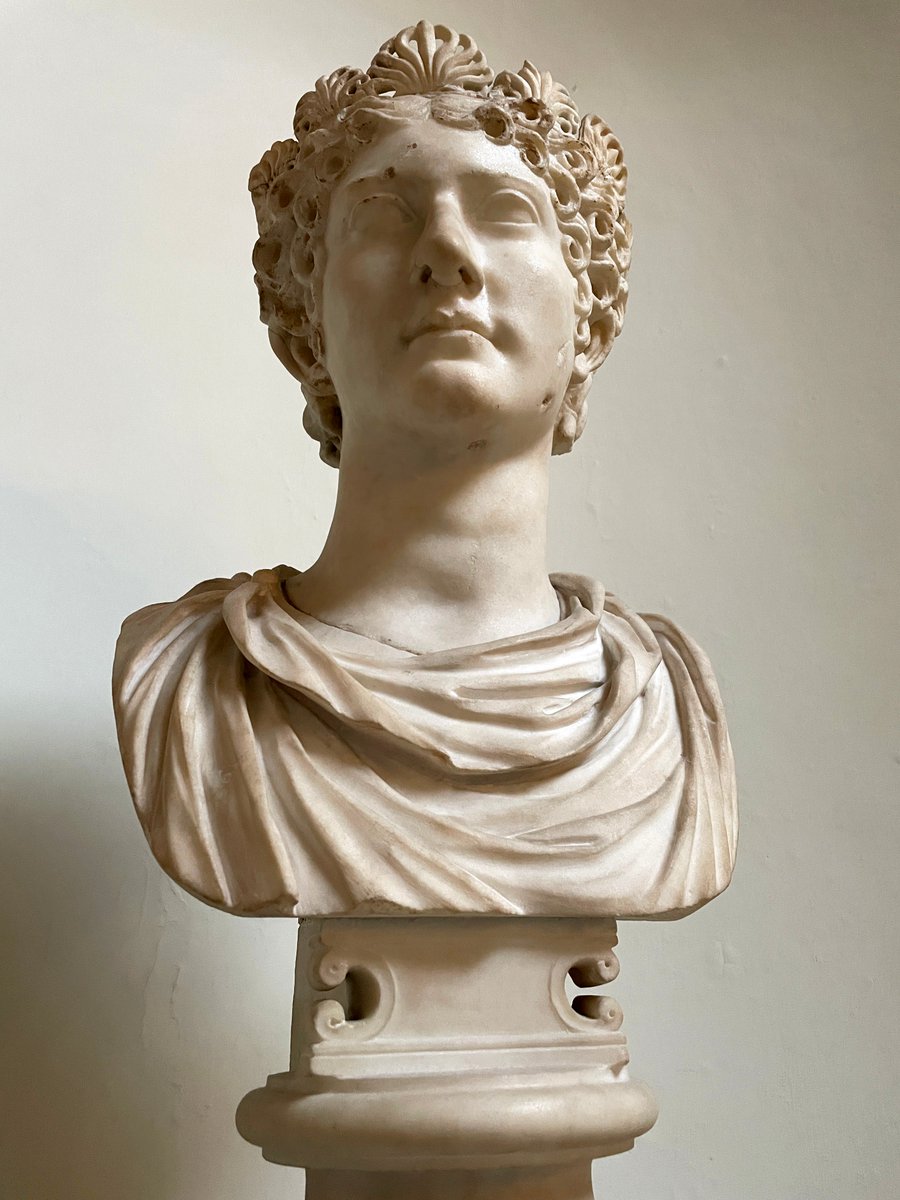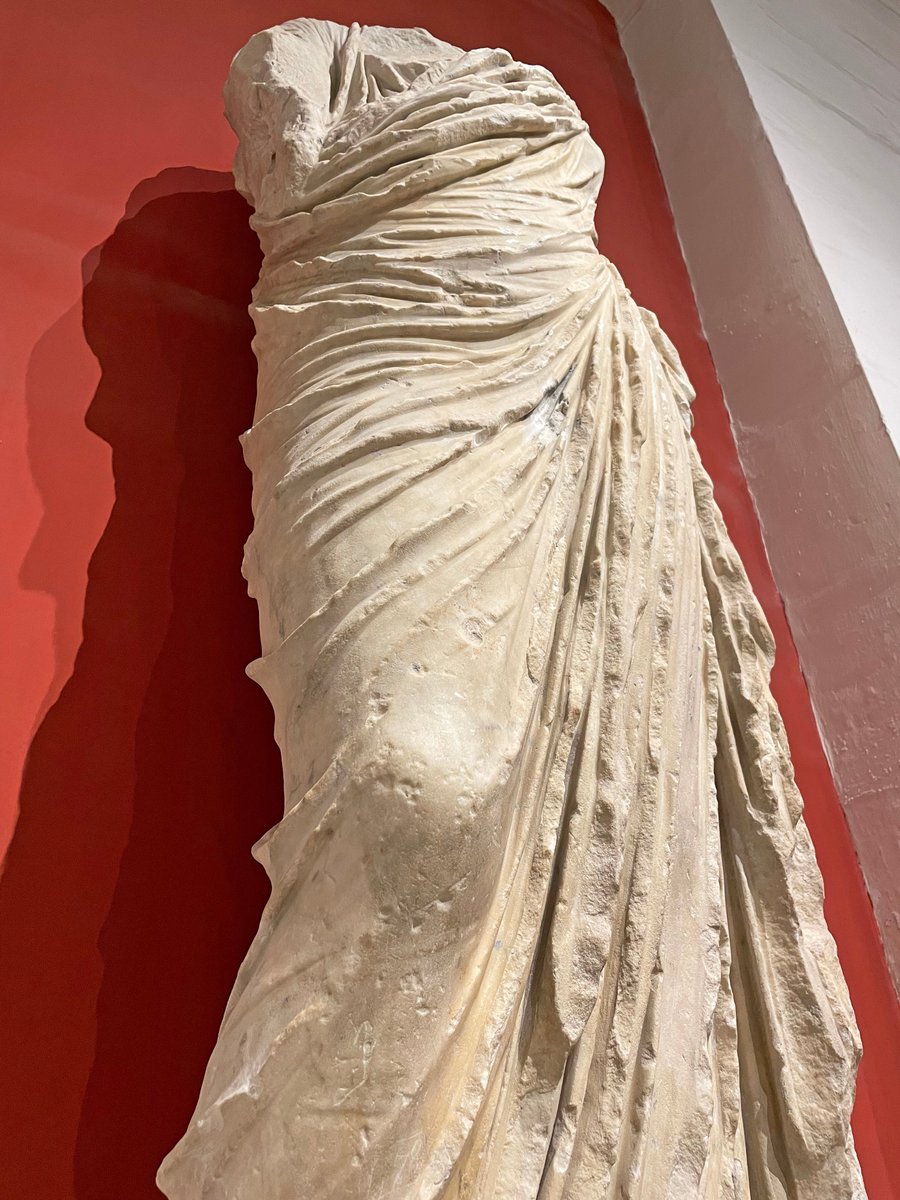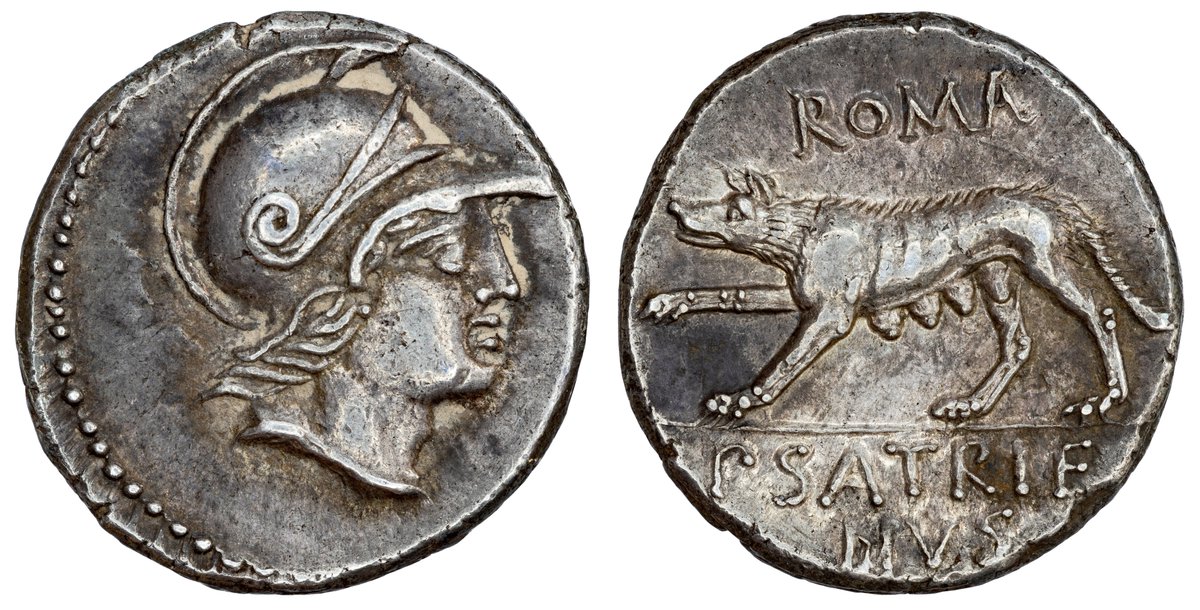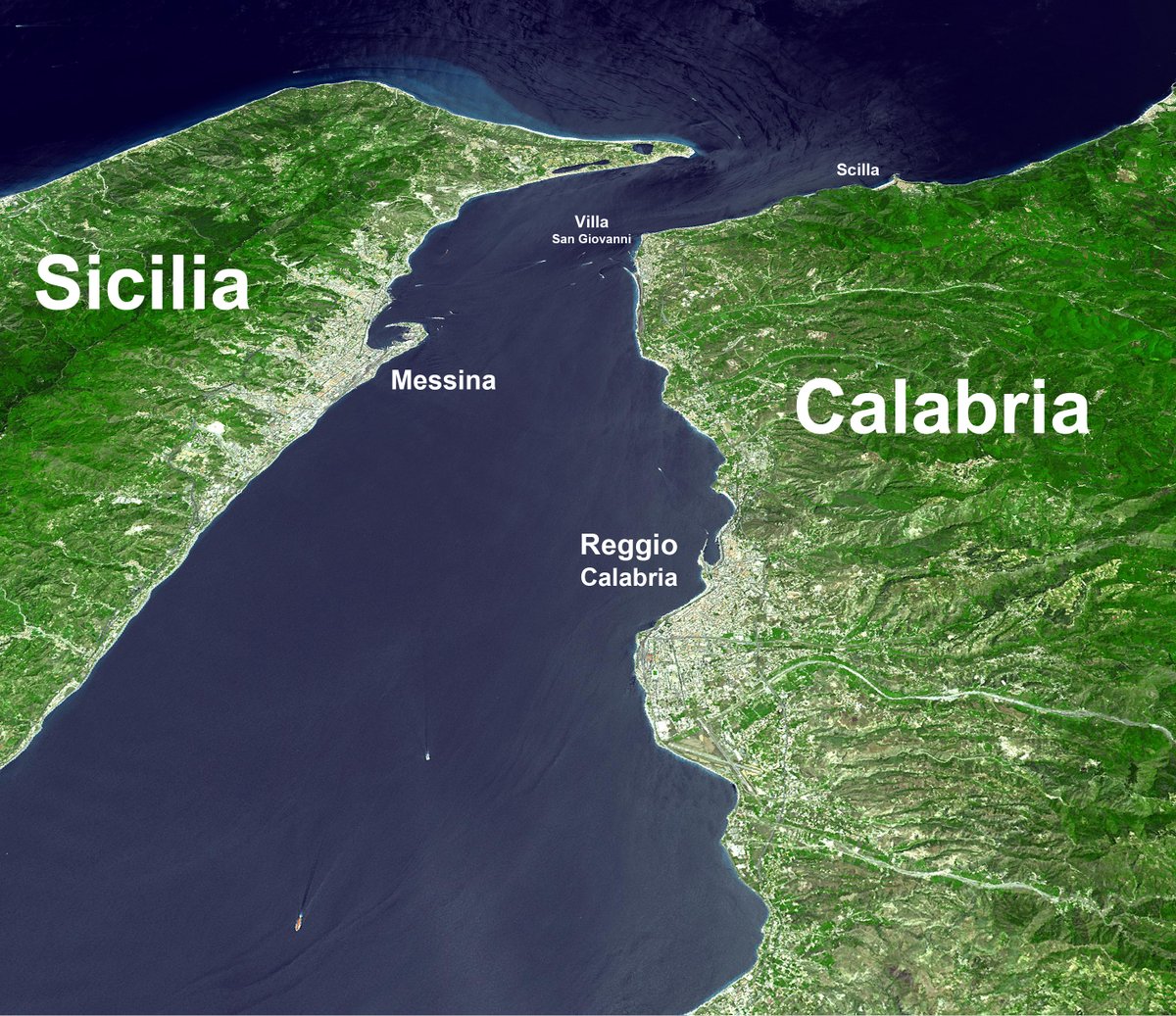
1/4) Roman sarcophagus fragment depicting the death of the Greek hero Meleager, famous for killing the Calydonian boar. The emotive tableau focuses on the dying hero being carried home by his father and companions. 2nd century, The Met 

2/4) The scene is powerfully realised in high relief emphasising the dying hero, unlike most other classical representations of Meleager which usually show the hunt for the Calydonian boar or the hero being laid to rest in a tomb. 

4/4) The striking composition may look familiar; during the Renaissance the scene became the prototype for artistic representations of the Deposition of Christ. 



• • •
Missing some Tweet in this thread? You can try to
force a refresh



























